|
Getting your Trinity Audio player ready... |
Tablet Coating Machines: Types, Benefits, Applications, and Key Features
Tablet coating machine is an essential piece of pharmaceutical equipment used for applying a thin protective layer on the surface of tablets. This coating serves various functions, including protecting the drug from external factors, controlling the drug’s release rate, and improving the tablet’s appearance and stability. The process is vital in the pharmaceutical industry, as it not only ensures the efficacy and safety of medications but also enhances their overall presentation. In this article, we will explore the types, benefits, applications, and features of tablet coating machines, along with the processes and various considerations to take into account when selecting a coating machine.
Types of Tablet Coating Machines
Tablet coating machines come in several configurations, each designed to meet specific needs in pharmaceutical production. The three most common types of tablet coating machines are standard coating pans, fluidized bed systems (air suspension), and perforated pan systems. Each of these machines utilizes different methods to apply a coating, catering to a range of pharmaceutical requirements.
1. Standard Coating Pan
The standard coating pan is one of the most traditional types of tablet coating equipment. This machine consists of a horizontal pan that rotates, allowing the tablets inside to tumble. The rotation is facilitated by an electric motor, which helps ensure uniform coating distribution. Warm air is supplied at the inlet, and as the tablets tumble, the coating solution is applied to their surfaces. The warm air facilitates the drying of the coating material, ensuring an even application. The simplicity and cost-effectiveness of the standard coating pan make it a popular choice for many pharmaceutical manufacturers.
2. Fluidized Bed or Air Suspension System
Fluidized bed coating machines use a vertical cylindrical chamber where air is blown upward from the bottom, fluidizing the tablets. The tablets move within the air stream, and as they are carried upwards, they fall outward and downward toward the chamber walls before re-entering the airflow. Spray nozzles are placed at both the top and bottom of the chamber, spraying the coating material onto the tablets.
One of the main challenges with this system is the fragile nature of the tablets, which can be prone to chipping or breaking due to the intense air current. However, this method offers excellent uniformity in coating application and is highly suitable for processes requiring precise control over tablet coating.
3. Perforated Pan or Drum
Perforated pan or drum coating machines are another popular option for tablet coating. In this system, the tablets are placed in a perforated pan that is rotated on its horizontal axis. The pan is enclosed in a housing, and a coating solution is sprayed onto the tablets as they rotate inside the pan. The perforations in the pan allow air to pass through, facilitating the drying of the coating solution and ensuring uniform coverage of the tablets. This type of machine is known for its efficiency in coating large batches of tablets and is widely used in the pharmaceutical industry.
Advantages of Tablet Coating Machines
Tablet coating machines offer several key advantages that make them indispensable in pharmaceutical manufacturing. These benefits extend beyond the simple aesthetic enhancement of tablets and include significant improvements in drug delivery, stability, and safety.
1. Improved Drug Release Control
One of the primary functions of tablet coating is to regulate the release of the active pharmaceutical ingredient (API). Coatings can be designed to release the drug slowly over time or to protect the drug until it reaches the intended area in the digestive tract. For example, enteric coatings are commonly used to prevent tablets from dissolving in the acidic environment of the stomach, ensuring that the drug is released in the intestine where it can be absorbed more effectively.
2. Protection from External Elements
Coating tablets serves to protect them from external environmental factors such as moisture, heat, and light, all of which can degrade the drug’s effectiveness. Coatings also help protect the drug from the acidic environment of the stomach, preserving the integrity of the medication. This protection is particularly important for sensitive drugs that might degrade or lose potency when exposed to moisture or air.
3. Concealment of Unpleasant Taste and Odor
Some medications have an unpleasant taste or odor that can make them difficult for patients to swallow. Tablet coatings, especially sugar coatings, can effectively mask these undesirable characteristics, improving patient compliance. This is particularly important for pediatric or geriatric patients who may struggle with swallowing pills or dislike the taste of certain medications.
4. Tamper Resistance and Security
Coatings also provide a degree of tamper resistance, which helps protect the medication from being altered or contaminated. Coated tablets are less likely to be tampered with compared to uncoated tablets, providing an added layer of safety for patients.
5. Enhanced Aesthetic Appeal
The appearance of pharmaceutical tablets plays an essential role in patient acceptance. A smooth, glossy coating can make tablets more visually appealing and easier to swallow. Furthermore, color coatings can be used for easy identification, helping to reduce the risk of medication errors.
Applications of Tablet Coating Machines
Tablet coating machines have numerous applications across various pharmaceutical sectors. Their versatility allows them to be used in a wide range of dosage forms and products.
1. Oral Solid Dosage Forms
The most common application of tablet coating machines is in the production of oral solid dosage forms, such as tablets and pills. Coating helps improve the drug’s stability, appearance, and release profile, making it suitable for a wide range of therapeutic areas, including pain management, antibiotics, and cardiovascular treatments.
2. Nutraceuticals and Dietary Supplements
Tablet coating is also widely used in the nutraceutical and dietary supplement industries. Coating can help mask unpleasant tastes, enhance the visual appeal of supplements, and provide controlled release properties for better absorption and efficacy.
3. Controlled-Release Medications
Coating is essential for controlled-release medications, which are designed to release their active ingredients over an extended period. By using specific coating materials, manufacturers can ensure that the drug is released at the appropriate time and in the right location in the digestive tract, improving patient outcomes.
4. Enteric-Coated Medications
Enteric coatings are used to protect medications from stomach acids, ensuring that the drug is not dissolved until it reaches the small intestine. This type of coating is commonly used for drugs that are sensitive to gastric juices or those that could cause irritation to the stomach lining.
Key Features of Tablet Coating Machines
Tablet coating machines are designed with a variety of features to ensure optimal performance, reliability, and efficiency. Below are some of the key features that define high-quality tablet coating machines.
1. High-Quality Construction
Senieer tablet coating machines, for example, feature construction with stainless steel (SS 316/304) to ensure durability and resistance to corrosion. The tight dimensional tolerance and GMP (Good Manufacturing Practice) compliance ensure that the machines meet industry standards for quality and safety.
2. Automated Control Systems
Modern tablet coating machines are equipped with advanced control systems, such as PLC (Programmable Logic Controller) systems, to monitor and manage key process parameters. These systems allow for precise control over factors like coating time, temperature, and air flow, ensuring that the coating process is optimized for each batch.
3. Efficient Drying Systems
Efficient drying is a crucial component of the coating process. Advanced tablet coating machines feature highly effective airflow systems and perforated pan designs that ensure uniform drying of the coating while minimizing the consumption of process air.
4. Quick and Easy Cleaning
Cleaning is an essential aspect of maintaining tablet coating machines. Modern machines often feature CIP (Cleaning in Place) systems, which allow for quick and thorough cleaning without disassembling the equipment. This reduces downtime and ensures that the machines remain hygienic and ready for the next batch.
5. Safety Features
Safety is a priority in tablet coating machines. Features such as solvent neutralization systems, dust collectors, and explosion-proof systems ensure that the coating process is safe for operators and the environment. These safety measures help to minimize the risk of contamination and ensure the safe handling of chemicals and solvents.
Key Considerations When Selecting a Tablet Coating Machine
When selecting a tablet coating machine for pharmaceutical manufacturing, several factors should be considered to ensure the machine meets the specific requirements of the production process. Some of the most important considerations include:
1. Air Capacity
The volume of air passing through the coating bed is critical to the efficiency of the coating process. The air capacity influences the rate at which solvents are evaporated and the overall speed of the coating process.
2. Coating Materials
The types of coating materials used, including solvents, polymers, and other excipients, will impact the performance of the coating machine. It is essential to select a machine that can handle the specific materials required for the production process.
3. Tablet Size and Surface Area
The size and surface area of the tablets being coated will determine the amount of coating solution required. Larger tablets have a lower surface area to weight ratio, meaning they will need more coating material to achieve the desired coating thickness.
4. Machine Efficiency
Efficiency is a key consideration when selecting a tablet coating machine. Factors such as coating material usage, air flow optimization, and drying time all contribute to the overall efficiency of the machine and its ability to meet production targets.
Conclusion
Tablet coating machines are indispensable tools in the pharmaceutical industry, offering benefits ranging from enhanced drug release control and patient compliance to improved tablet stability and appearance. The different types of coating machines—standard coating pans, fluidized bed systems, and perforated pans—each offer unique advantages depending on the specific needs of the manufacturer. By understanding the various features, processes, and considerations involved, pharmaceutical companies can select the right tablet coating machine for their production needs, ensuring the highest quality and efficacy in their products.

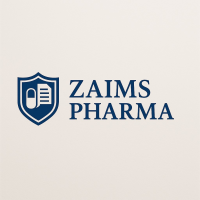
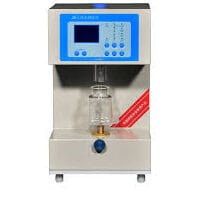
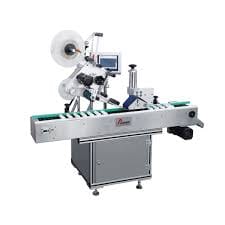
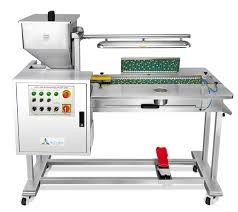
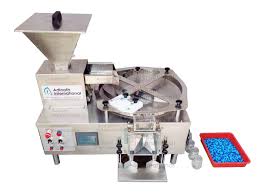
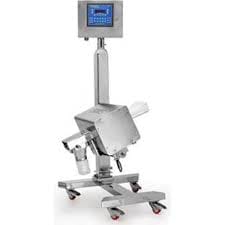




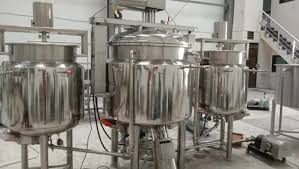




Leave a Reply